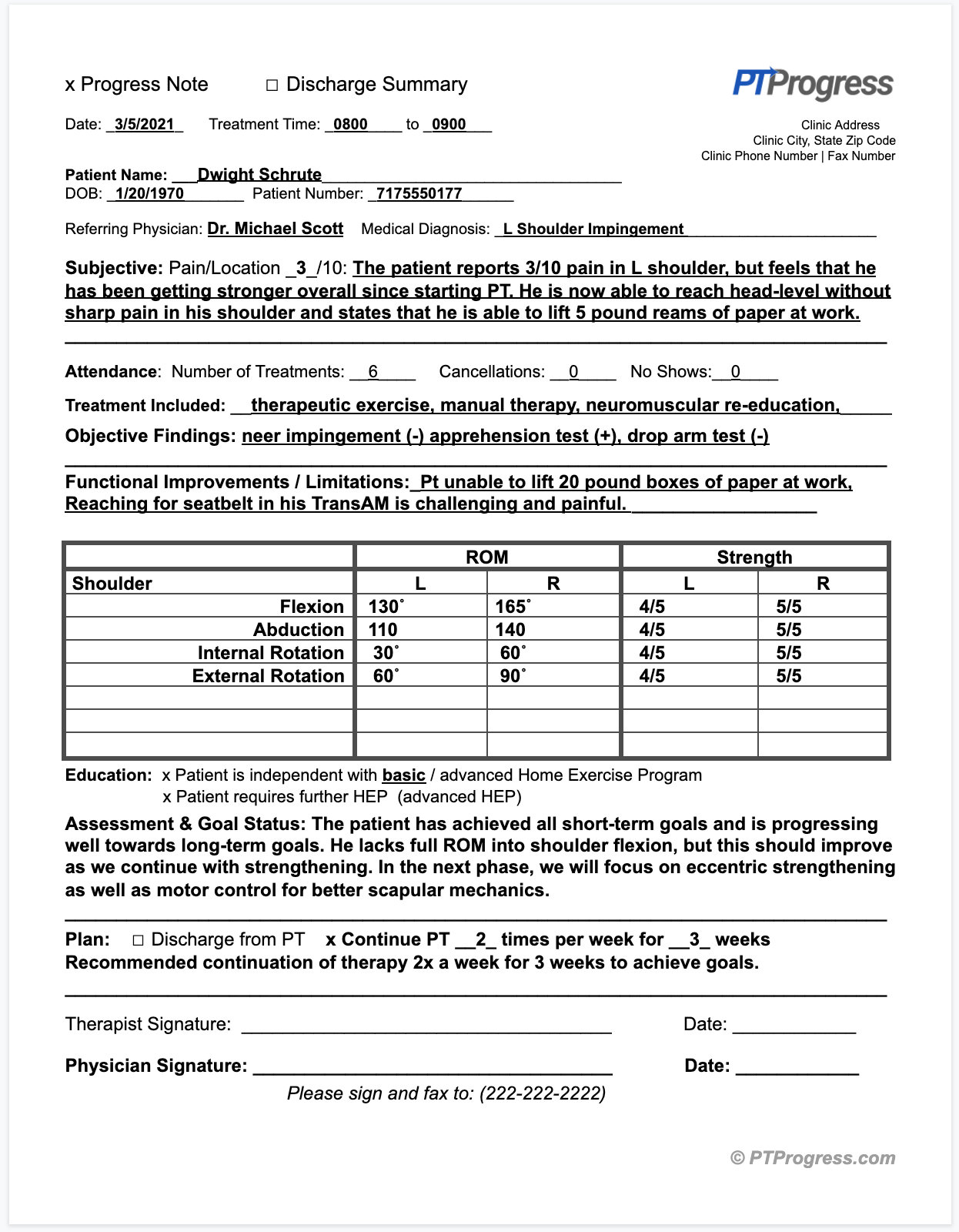
While the process of coming up with relevant goals begins when you take your client’s occupational profile, it should be considered throughout the process. Motivation can have an enormous impact on progress. Relevant: An essential component for occupational therapy, it is important to ensure that your client wants to reach their goals. However, the same client may be able to wash their hands with a visual aid and no more than one verbal cue. Can the client re-learn to tie their shoes in their short acute care stay? Likely not. Another important factor to consider: Who will track the data? Sometimes therapist collection of data is sufficient but where carryover is essential, the therapist may want to designate a teacher, health professional, or caregiver to track the data.Īttainable: This is an important area to consider how much time you have with the client along with their current level of functioning. The measurable piece of a goal can come in many different forms: Duration (within five minutes) pain level (client reporting a maximum pain level of 4/10) portfolio collection (for something tangible the client created) client satisfaction (using the Canadian Occupational Performance Measure). It gives concrete data on the degree of the client’s performance. Measurable: This piece is essential for both reimbursement and tracking progress. Be sure that you know the client’s current level of performance. What does the client want to do? For example: Laurie will complete a 5-step task of making tea Aaron will cut out a circle Mary will wash her hands. Specific: This section refers to the tangible outcome. This is a great tool for occupational therapists and other health professionals when composing goals and checking that each goal contains all of the essential components. This will help you track progress for your client, inform intervention choices, and ultimately give your client a foundation for success.Ī SMART goal is an acronym for a goal that consists of five different essential factors: Specific measurable attainable relevant and time-based. The data you collected in the evaluation serves as baseline data. Information about goals comes from the occupational profile, standardized testing, reason for referral, and your analysis of the evaluation. If you practice in pediatrics, the goal should be also be important to the parent or caregiver. The next step is to take the data you collected and translate it into meaningful goals to pursue in occupational therapy. Now it is time to come up with occupational therapy goals for their treatment plan.
SMART NOTES THERAPY FULL
You have already conducted a full evaluation on your client.

SMART NOTES THERAPY HOW TO
Occupational therapy goals and how to create excellent occupational therapy goals SMART goals examples of goals with all of the necessary components and do’s and don’ts for writing OT goals will be covered in this blog post.


 0 kommentar(er)
0 kommentar(er)
